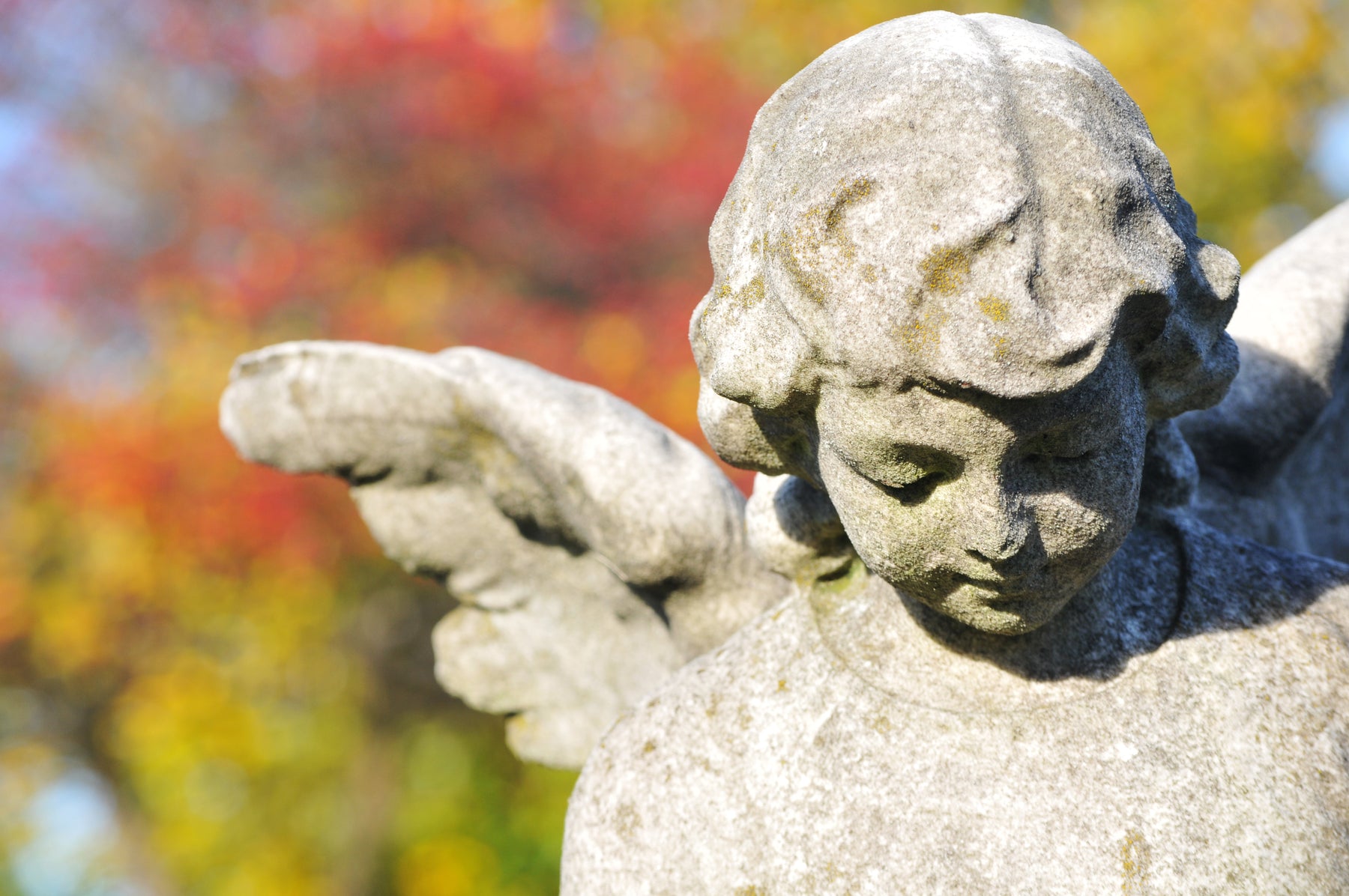
Cleaning headstones with Wet & Forget
Have you ever thought of using Wet & Forget to clean up mouldy headstones or graves?
Read on to learn about the different types of growth that can occur on gravestones, and the stories of customers who have had great success in restoring their gravestones using Wet & Forget.
Mary P from Wahroonga called us to say,
She went to see her family grave site and noticed it was looking quite dark from mould, especially on the beautiful marble. The grave stones had not been touched since 1943. She had always wondered what to clean them with, and the she heard about our wonderful product Wet & Forget.
She said now that she has used Wet & Forget, the graves have cleaned up a treat!
Types of growths
Any type of headstone can fall victim to growths such as moss, mould, lichen, algae and mildew.
Moss. Moss is a green, carpet-like simple plant that can grow on and around tombstones. Just like lichen, moss growth can fill in the writing on a tombstone and make it illegible. Moss’s root-like structures hold tightly to the tombstone’s surface, and can cause pitting on some surfaces. Moss also likes to grow in cracks and crevices, and can worsen any cracking or crumbling on a tombstone.
Mould. Mould is usually black or grey, but it can also be other colours. Mould grows well in shady, damp areas, so gravestones in shaded parts of the cemetery are most susceptible to this musty-smelling growth.
Lichen. Lichen is one of the most severe growths for headstones. This scaly growth can become thick enough to completely fill in carvings and make burial markers completely unreadable. Lichen forms a tight hold on the headstone that makes it stubborn and difficult to clean. Worse yet, if left unchecked, lichen’s grip can cause permanent pitting on some surfaces.
Algae. Algae is a simple plant-like growth that can appear on many surfaces, including gravestones. Green algae is a smooth or slippery green growth that thrives where there is moisture and partial sunlight.
Mildew. Mildew is usually very light grey or white in colour. It is a fungus like growth that normally grows in damp warmer areas.
 How to remove them
How to remove them
Moss, mould, lichen, algae and mildew can ruin the appearance of any type of headstone. If you use caustic chemicals such as bleach to remove these growths, you risk damaging the surface of some types of headstones. Bleaching also requires scrubbing, which can leave you with bleach-stained clothes and chapped hands, and can kill the grass surrounding the stone. After all that hassle, bleach does nothing to prevent growths from starting to re-form almost immediately.
Wet & Forget removes moss, mould, lichen, algae and mildew with no scrubbing necessary. Just spray and leave to remove any of the above growths and restore headstones to a clean, beautiful state. Typically, Wet & Forget gets rid of green moss in 2-3 weeks, and black mould in 4-6 months. Wet & Forget's gentle, non-caustic formula is safe to use on any type of headstone, and it won’t kill the grass around the stone. Better still, Wet & Forget continues working with the sun, wind and rain over time to keep the growth away for a year or more in most cases. Just one simple treatment a year can keep headstones growth-free for good!
How to Clean a Headstone with Wet & Forget
Cleaning headstones with Wet & Forget couldn’t be easier!
- Mix one part Wet & Forget with 5 parts water in a backpack or garden sprayer.
- Spray the affected area with the diluted Wet & Forget. Allow at least 12 hours drying time before the threat of rain.
- If you have lichen we suggest a second application within 15 minutes of the first.
- Walk away, and let Wet & Forget do the work for you!
- Treat once a year, or at the first sign of re-growth.
Read about and see Norma's success with Wet & Forget!
I have just visited my mother's grave for Mother's Day and delighted with the results of using Wet & Forget - please see pictures. A great product I am telling all my friends and family about it.
Regards, Norma E


 How to remove them
How to remove them